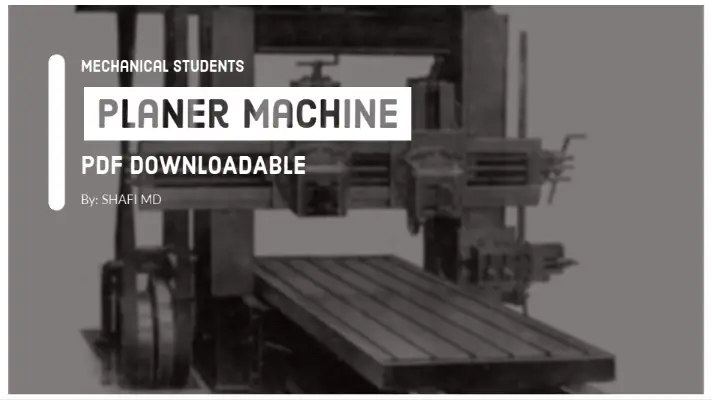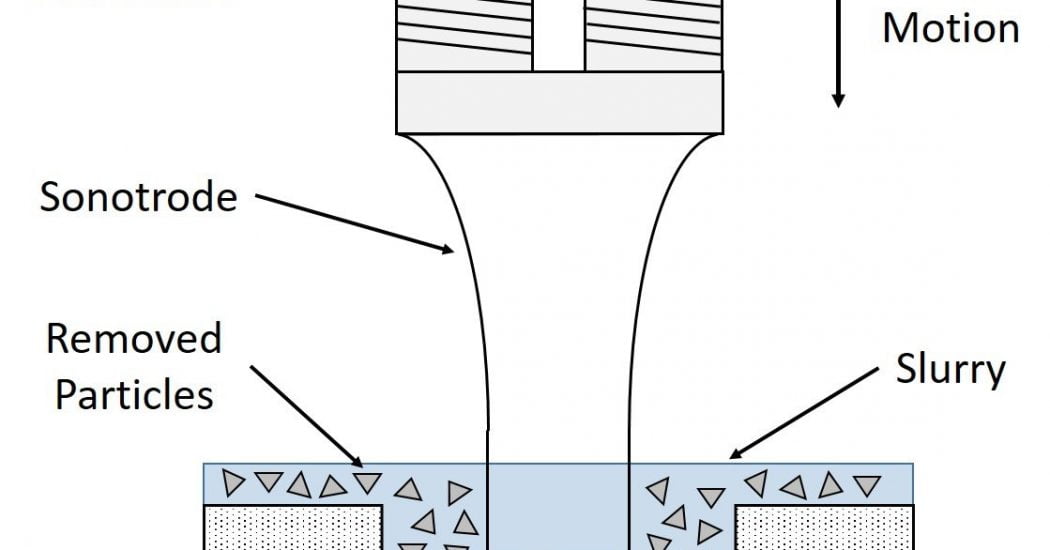

Non-Traditional Machining Method is an advanced method used to overcome the problems of Traditional Machining methods. The Non-Traditional Machining methods include Ultrasonic Machining, Laser Beam Machining, Water Jet Machining, Abrasive Water Jet Machining, Electron Beam Machining, etc. which were presented in this article in a detailed way.
The non-Traditional Machining method is an advanced method used to overcome the problems of Traditional Machining methods. In this article, a detailed explanation of Non-Traditional Machining was presented.
These limitations must and should know by a Mechanical Engineering Aspirant to understand the Non-Traditional Machining Methods in an easier manner.
This is the complete explanation about 8 Limitations and Methods You Must know for the Occurrence of Non-Traditional Machining Methods in a detailed manner.
Detailed Explanation of Non-Traditional Machining Processes:
It is one of the types of Non-Traditional Machining methods which produces Circular, non-Circular holes of very small size is can be produced by using this Ultrasonic Machining Method.
When very frequency vibrations are applied to the tool, the tool is vibrating at a very high frequency. This tool will induce impact loads onto the abrasive particles which in turn induces impact loads onto the workpiece.

By Four30
It is also known as Spark Machining or Spark Eroding process.
In this process, electrical energy is used to generate the Spark between the tool and workpiece submerged under the dielectric medium so that material removal takes place from the surface of the workpiece by local melting or Vaporization.
The Optimum gap between the tool and the workpiece is 0.03 mm.
Electrolyte used: Dielectric Fluid (Kerosene).
The dielectric fluid in the normal form acts as an insulator whereas at proper voltage or increase in voltage makes the dielectric fluid is Ionized.
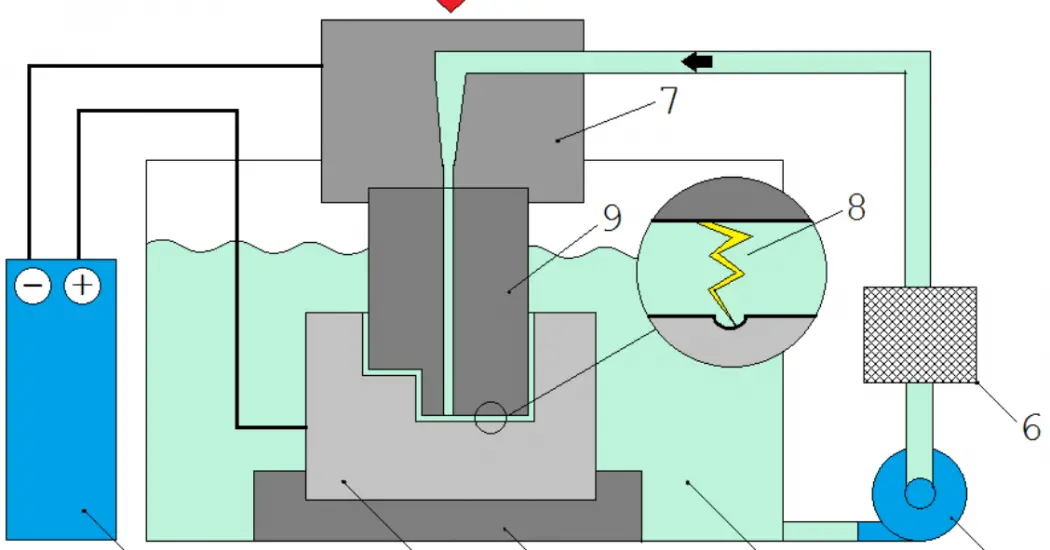
By Frank50 s, 1 Pulse generator (DC). 2 Workpiece. 3 Fixture. 4 dielectric fluid. 5 Pump. 6 Filter. 7 Tool holder. 8 Spark. 9 Tool.
READ HERE THE COMPLETE GUIDE ON EDM PROCESS
In this process, the combination of electrical energy and chemical energy makes the removal of material from the surface of a workpiece. It works on the principle of Faraday’s law of electrolysis.
Principle-Faraday’s law of electrolysis: The mass of a substance deposited or liberated at any electrode on passing a certain amount of charge is directly proportional to its chemical equivalent weight.
Electrolyte used: NaCl (Conducting Electrolyte).
Wear Ratio: Infinity (because of no Tool Wear)
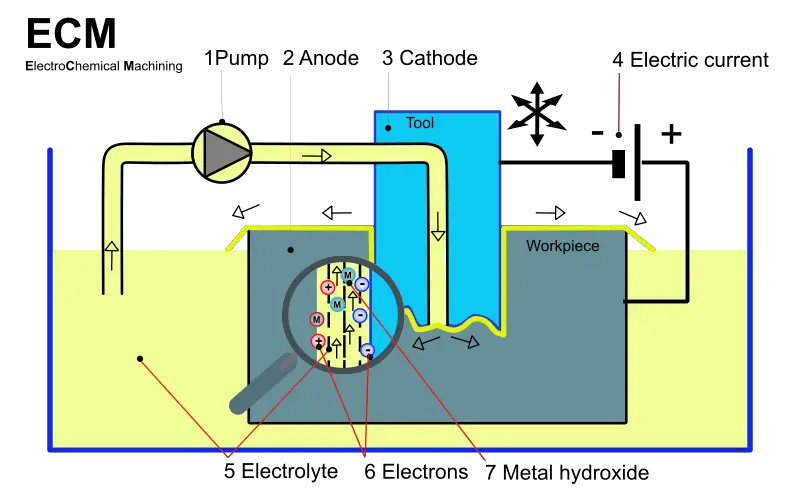
By Laurensvanlieshout
READ HERE THE COMPLETE GUIDE ON ECM PROCESS
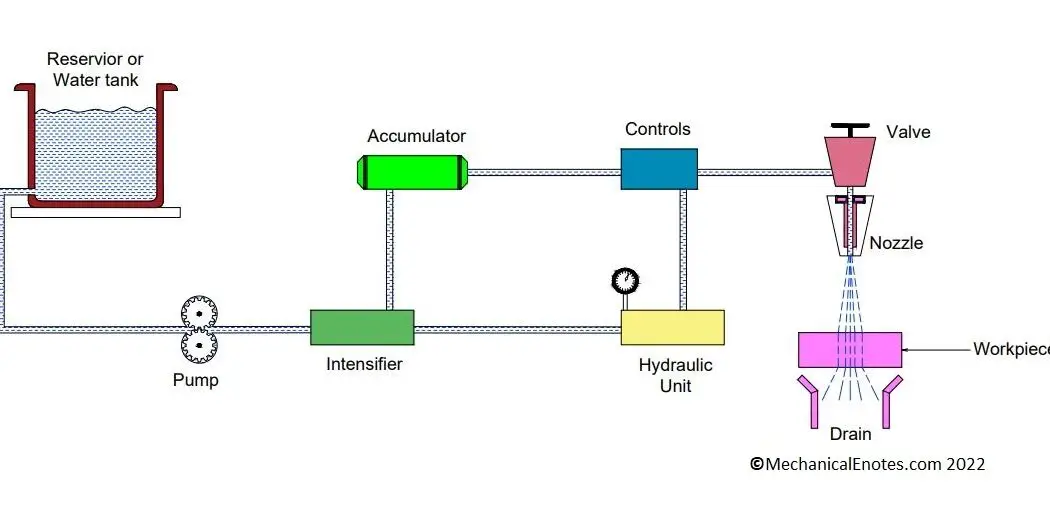
Water jet Machining diagram©2022 MechanicalEnotes.com
It is advanced in Water Jet Machining Process which includes Abrasives as a medium. A detailed explanation of Abrasive Water Jet Machining was presented below.
To overcome the second disadvantage of water jet machining, the abrasive particles will be added into the water so that the abrasive particles also come out from the nozzle at a very high velocity.
Therefore the optimum percentage of abrasives will be about 40 to 60%.
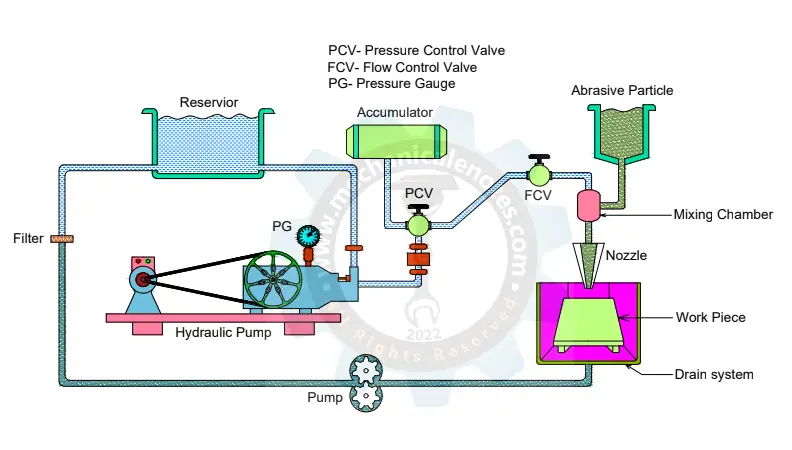
Abrasive water jet machining diagram ©2022 MechanicalEnotes.com
Electron beam machining also comes under one of those Non-traditional machining methods where highly dedicated accuracy is maintained. The brief explanation of EBM was explained below in a detailed manner.
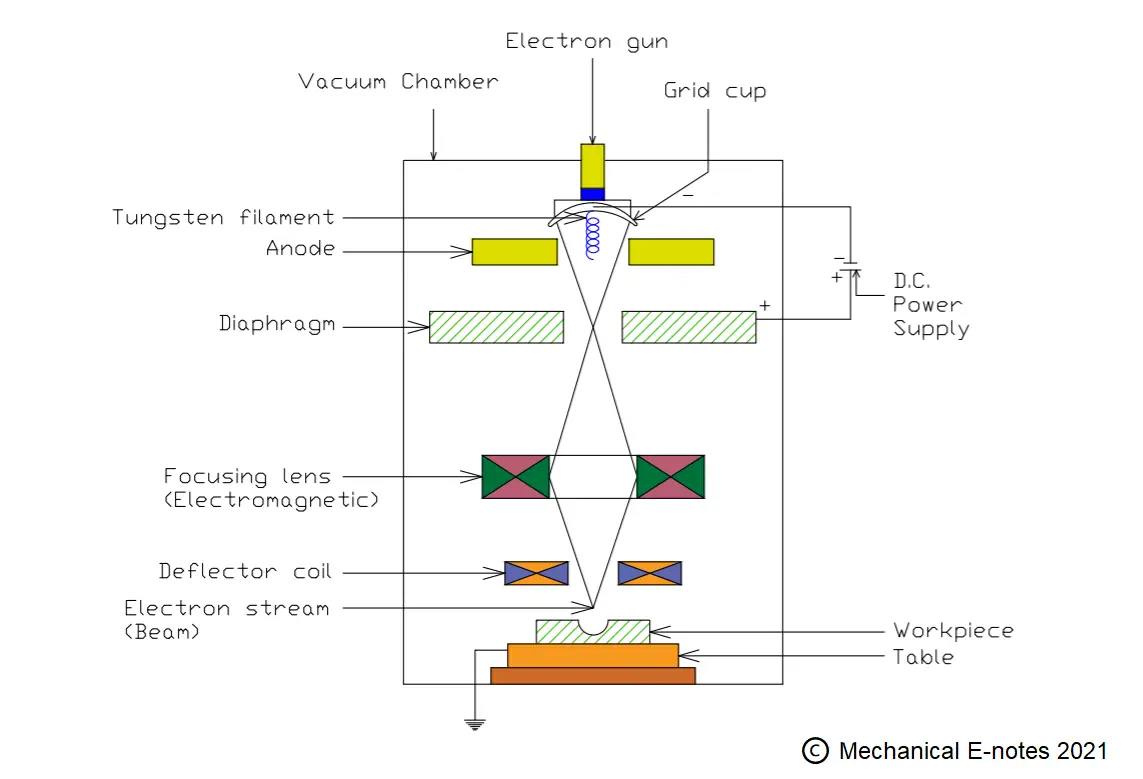
When the power supply is given to the laser gun it is producing very high-intensity electromagnetic waves in the form of a beam called a laser beam with a wavelength ranging from 0.1 to 70 micrometers.
When this high-intensity electromagnetic wave beam is incident on the workpiece, the electromagnetic wave energy is converted into heat energy based on surface phenomena radiation heat transfer.
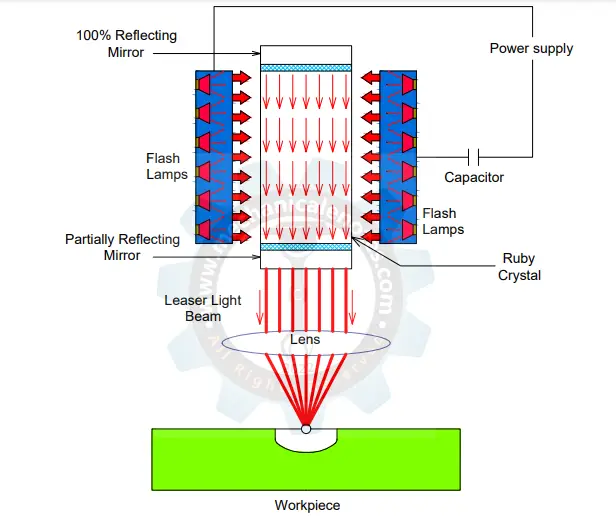
Laser Beam Machining Diagram ©2022 MechanicalEnotes.com
So this is the definite guide on Non-Traditional Machining Processes, I hope you liked it, feel free to share your thoughts in the comment section.

Mohammed Shafi is the founder, managing editor, and primary author of Mechanical E-Notes. He is an Assistant Professor (Department of Mechanical Engineering) at the Sreenidhi Institute of Science and Technology. He has a 6 years of vast experience in design, research, and data analysis. Shafi has co-authored two journals 1. Dynamic and Fatigue Analysis on Tillage Equipment 2. Welding Procedure and Testing Analysis on Mixing and Nodulizing Drum.
In the last article, we had discussed Arc welding, Gas welding process, Resistance spot welding and the different types of welding process. Whereas in today's article, we will be discussing the concept of Atomic hydrogen Welding along with its Definition, Process, advantages and disadvantages, atomic hydrogen vs molecular hydrogen and applications in a detailed way. […]
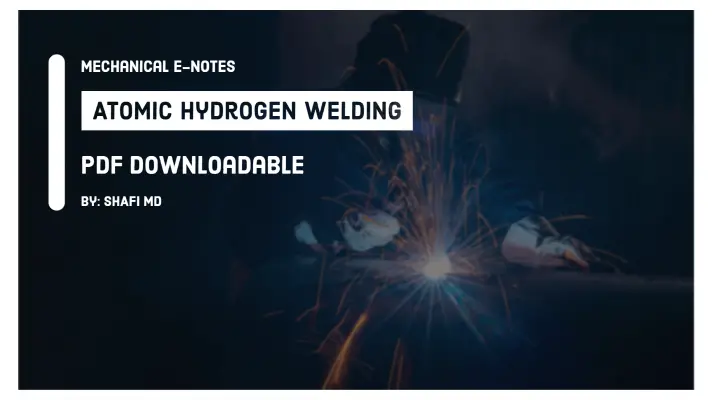
Lathe machine is a machine tool that removes the material from the surface of workpiece with the help of cutting tool placed either perpendicular or angular w.r.t. workpiece. It was a detailed article on Lathe Machine Parts and Functions. You can find the detailed explanation of Lathe machine along with its Definition, Accessories, Types, Working […]
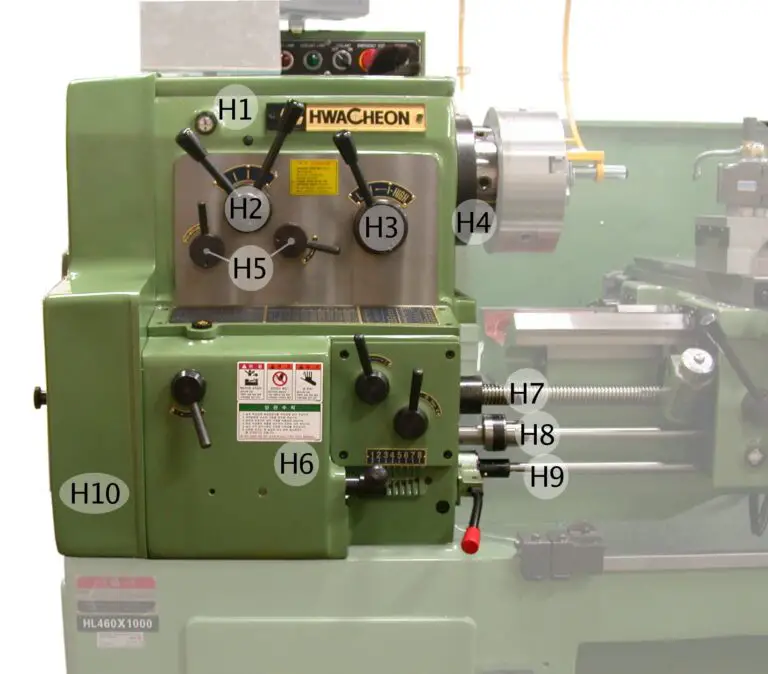
In the previous article, we had discussed Electron Beam Machining, Ultrasonic Machining, Electrical Discharge Machining, and Electrochemical machining whereas, in today's article, we will learn various concepts of Water Jet Machining along with its Definition, Construction, Working Principle, Types, Applications, Advantages & Disadvantages in a detailed way. History of Water Jet Machining If you look […]
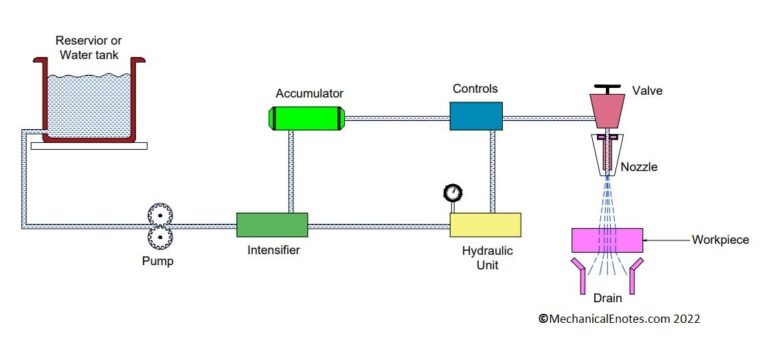
In the last article we had discussed the basics of the Machining process whereas, in Today's article, we will discuss the Abrasive Water Jet Machining Process along with its Definition, Construction, Working Principle, Process Parameters, Application, Advantages & Disadvantages. So, let's dive into the article. History of Abrasive Water Jet Machining As you know WJM […]
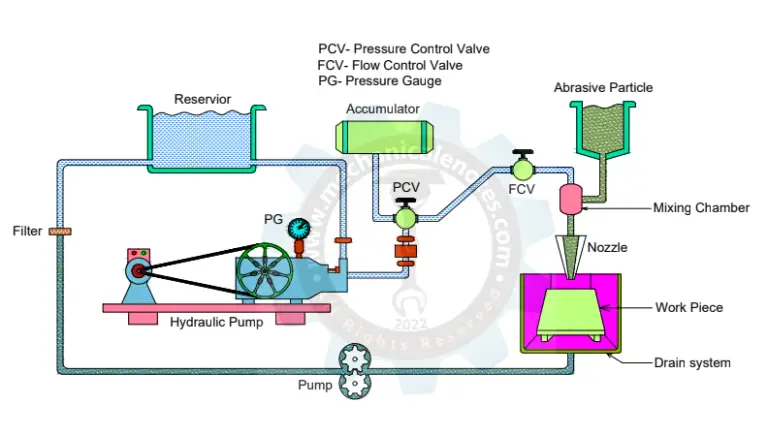
In the last article, we had discussed what is machining process? and the types of machining processes like EDM, EBM, ECM, USM, etc. whereas in today's article, we will discuss in detail about Laser Beam Machining process along with its Definition, Construction, Working Principle, Types, Process Parameters, MRR, Applications, Advantages & Disadvantages in a detailed […]

The electron beam machining Process also comes under one of those Non-traditional machining methods where highly dedicated accuracy is maintained. It is also called EBM. In the last article, we had discussed Ultrasonic Machining, Electrical Discharge Machining, Electrochemical Machining, etc. whereas, in today's article, we will discuss EBM along with Definition, Parts, Working Principle, Process […]
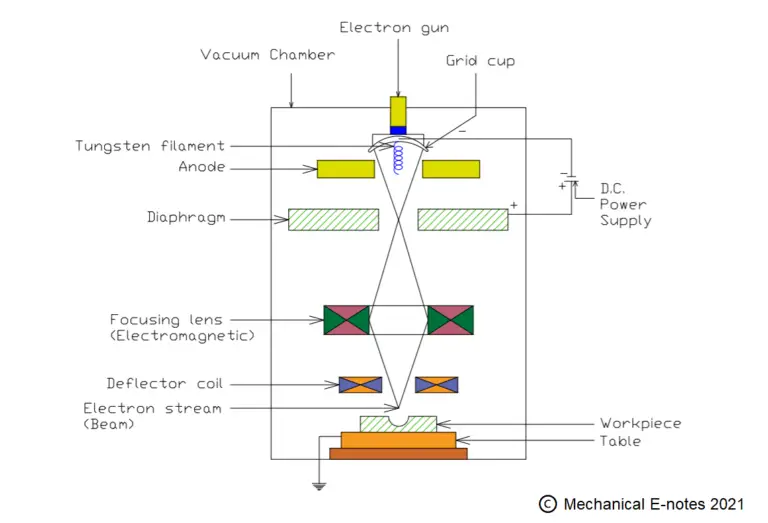
Glass is a non-crystalline amorphous solid that is often transparent and has widespread practical, technological, and decorative usages in the industry. In this article, we will discuss on Glass Cutting Process along with its Introduction, Properties, Types, Advantages, Disadvantages, and Applications. Examples of glass include window panes, optoelectronics, tableware, etc. But, do you know that […]
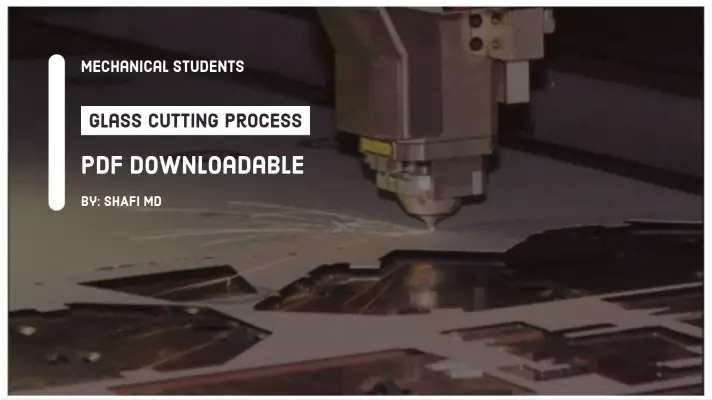
This article is all about Quick Return Mechanism of Shaper Machine. In this write up you'll learn: Definition if Quick Return Mechanism. How Quick Return Mechanism Works in Shaper Machine? So without further ado, let's get started. What is Quick return mechanism? A quick return mechanism is an apparatus that consists of a system of […]
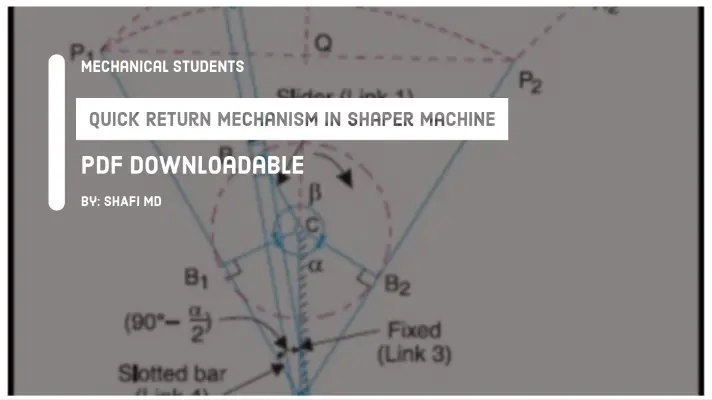
Hello Readers, today in this paper we will discuss Lathe Machine Accessories and Attachments, after complete reading this article you will understand the devices which are used in lathe machines, and be able to differentiate between Lathe Accessories and Attachments. So let's get started. Lathe Machine Accessories: The Lathe Machine Accessories are those which are […]
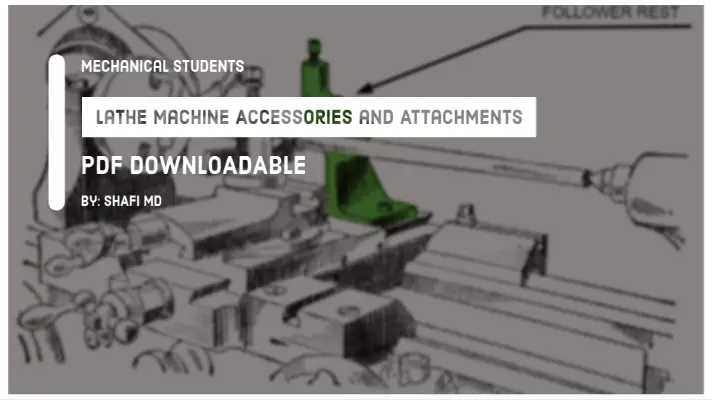
Hello Readers, in today's article we will discuss the Planer Machine in brief along with its Definition, Parts, Types, Working Principle, Operations, Specifications, Applications, Advantages, and Disadvantages. So, Let's start this session with the definition of Planer Machine. What is a Planer Machine? A Planer is a machine tool which is just like a shaper […]
